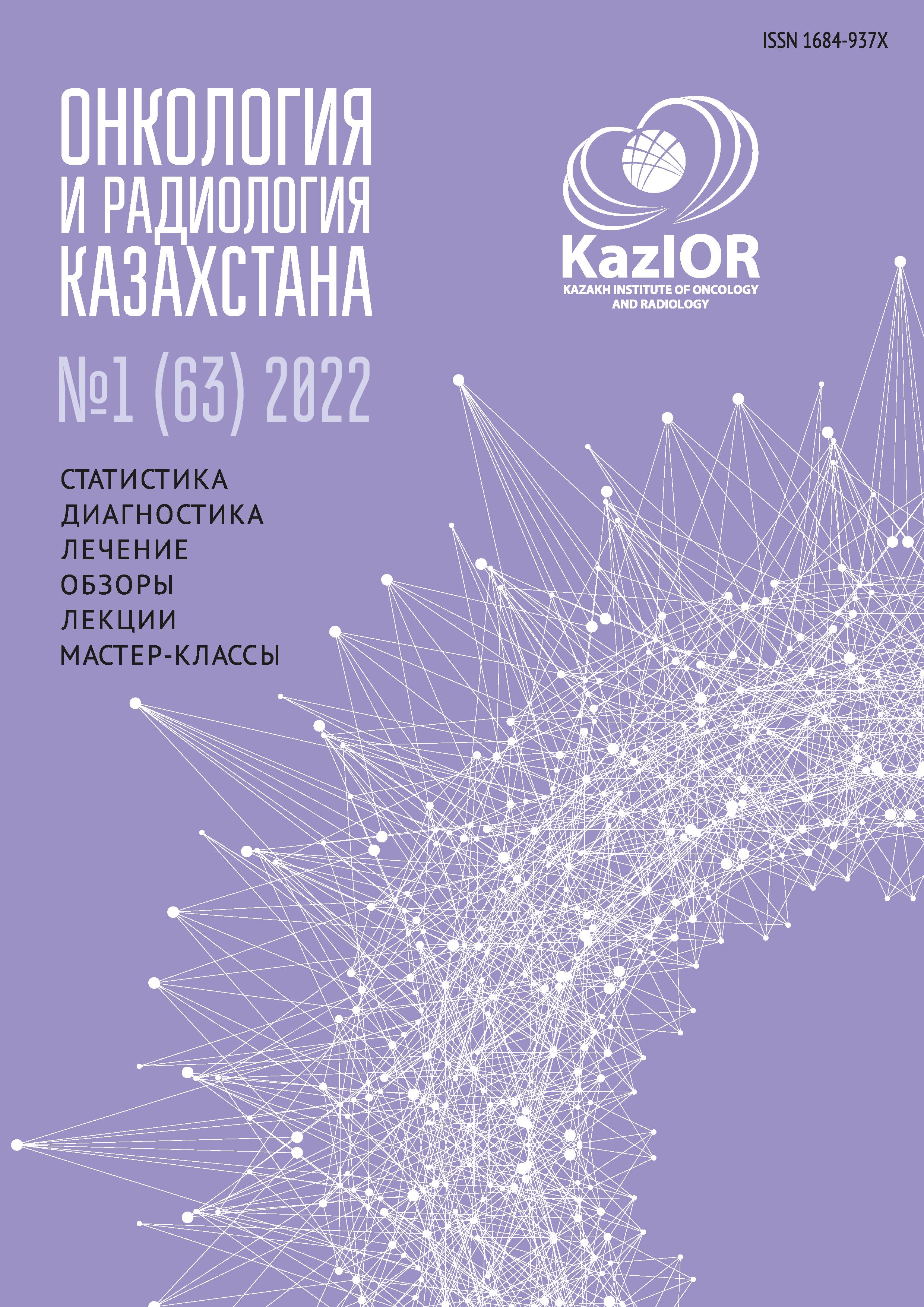Procalcitonin determination in oncology – results and prospects: A literature review
Keywords:
procalcitonin (PCT), cancer patients, sepsis, laboratory diagnosticsAbstract
Relevance: Modern requirements for laboratory diagnostics of complicated courses of diseases provide for using highly specific and high-tech research methods like determining the level of procalcitonin (PCT). The PCT level increases only with the generalization of a bacterial infection and reflects the degree of generalization. Of practical value are an increase in the PCT level and the degree of such increase, a progressive increase, or a long-term (more than 3-5 days) high level. The assessment of this data over time, in combination with the changes in other clinical and laboratory parameters, allows for timely diagnosis and prediction of the outcome of the disease.
The study aimed to assess the feasibility of the PCT level dynamic control for timely diagnosis of the overlay or generalization of an infectious process in the form of septic complications in cancer patients.
Methods: A thematic search was carried out by keywords in the journal Malignant Tumors and Cochrane, PubMed, Oncology.ru, elibrary.ru, Medscape, and NCBI databases and libraries. We analyzed the results of studies of changes in PCT dynamics in oncological patients who developed and generalized a nonspecific infectious process that proceeded in the form of septic complications.
Results: The need to determine the PCT level and its inclusion in the diagnostic algorithms has been confirmed in various research papers. The reliability and significance of these studies correspond to the highest levels of evidence-based medicine. PCT shows its high specificity in identifying the infectious component compared to other less informative indicators in oncological pathologies, such as the level of leukocytosis, CRP, and others. In some tumor processes, the initial level of PCT may be higher than the average (0.5 ng/l), but dynamic control will show the effectiveness of the therapeutic measures taken and the direction of development of the infectious process. The frequency and intervals of determining the PCT level are of particular importance. In some instances, if an infectious component is suspected in risk groups, the PCT level determination could be included in the initial examination algorithm.
Conclusion: Despite the ambiguity of the PCT study results in oncological practice, the determination of systemic inflammation biomarkers in complex antitumor therapy will allow timely setting of indications for prescribing or intensifying antibiotic therapy, predicting the duration, and monitoring its effectiveness in oncological patients.

